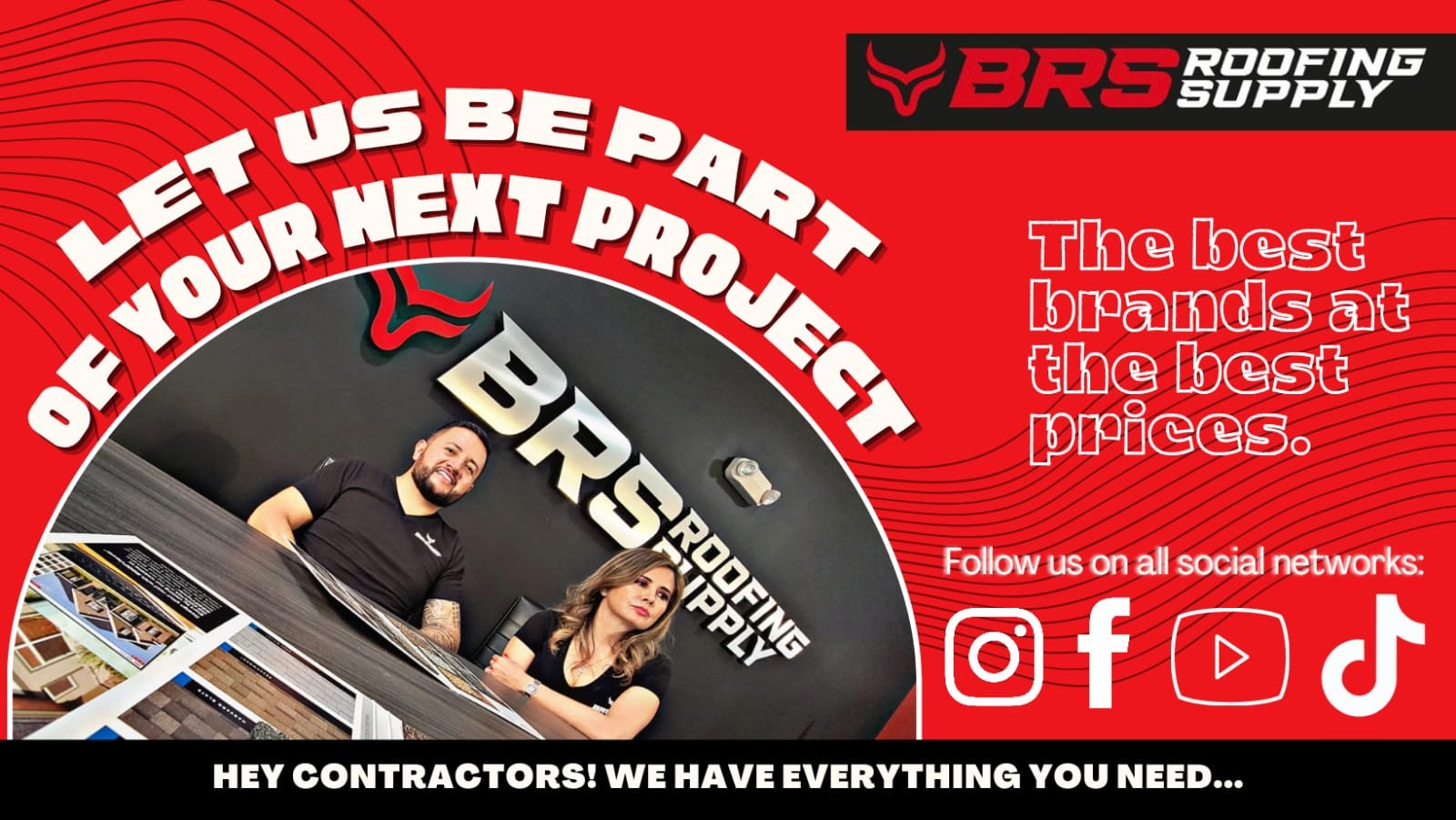10 Terms to Know Before Buying Artificial Turf for Sale in Atlanta

Are you looking for the best artificial turf for sale in Atlanta, GA, for your property? If yes, you might come across a few terms related to artificial turfs you are unfamiliar with. Some of these terms are easy to understand, while others seem very complicated. Go through a few essential terms before investing in artificial turf for sale in Atlanta, GA.

1. Synthetic Grass or Artificial Grass
Artificial turf is a synthetic fiber-made surface that looks like natural grass. It is often used in sports arenas that were originally or are usually played on grass. In addition, artificial grass is used in residential lawns and commercial applications. The main reason behind investing in artificial turf for sale in Atlanta is the maintenance, and the synthetic turf stands up against heavy use, like in sports, and requires no further trimming or irrigation.
2. Blend
Polyethylene (PE) and Polypropylene (PP) are the essential components present on the fibers of the synthetic turf. Some turfs blend PP and PE to give you a more natural look and are more expensive than a single type of fiber. Polyethylene fibers are recommended as they are non-abrasive and feel soft to the touch, making them safe for pets and kids. PE fiber can hold its color much longer than PP fiber.
3. Monofilament
A monofilament is nothing but a single strand of material. Monofilaments are the individual blades of synthetic turfs. The plastic strands vary in length, thickness, weight, and color depending on their use.
4. Pile Height
The pile height is about how tall every blade of the artificial grass is from the base of the backing layer towards its tip. The pile height helps determine the softness level of artificial grass and impacts how strongly it resembles natural lawns. A shorter pile height ensures less cushioning and firmer ground, whereas a taller pile height creates a softer feel similar to natural grass.
5. Pile Weight
The pile weight is also known as face weight which refers to the amount of yarn in every square yard of artificial turf. Generally, artificial turf with a higher pile weight feels softer and denser than turf with a lower pile weight. Pile weight doesn’t always reflect quality, as some synthetic turf requires less yarn to give an even, durable surface.
6. UV Stabilization
The UV stabilization process includes treating artificial grass blades with a protective layer that prevents the turf from fading due to sun exposure. It protects the turf from fading and prevents it from getting brittle over time. The process also helps in maintaining the green color and vibrancy of turf.
7. Backing Material
The backing material comprises multiple layers of polyethylene or polypropylene that binds the yarn together. The material provides you with enormous stability and sturdiness for synthetic turfs.
8. Drain or Flow Holes
Holes punched into the backing material allow water to flow throughout your lawn and provide a drainage facility. Drains and flow holes help provide a level surface for your artificial turf, allowing water to flow through your lawn.
9. Sub-Base
Sub-base is the compact material on which your turf will sit. Preparation of the sub-base is a significant aspect of drainage and product longevity.
10. Nylon or Polyethylene Blades
These materials are essential for making grass strands. The blade density will determine how realistic your new lawn will look.
Final Consideration –
Do you want to learn more about available artificial turf for sale in Atlanta, GA? If yes, then you should look no further than BRS Roofing Supply. So feel free to call us at 470-999-9997, and let’s get started.
Source From: https://brsroofingsupply.wordpress.com/2022/11/26/10-terms-to-know-before-buying-artificial-turf-for-sale-in-atlanta/